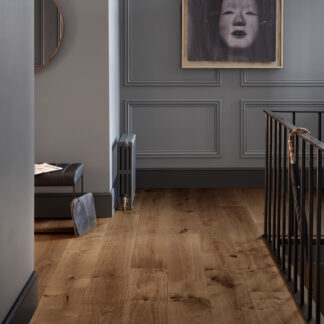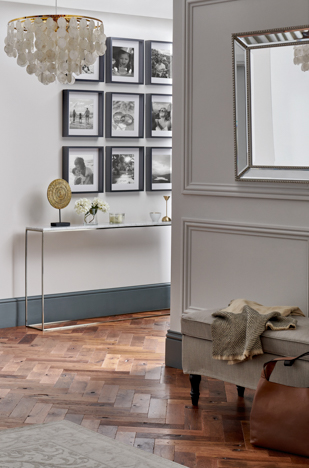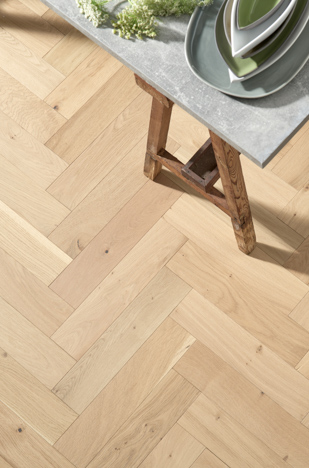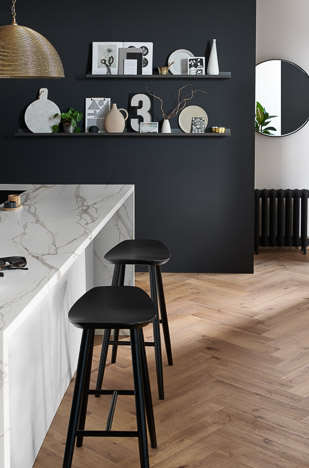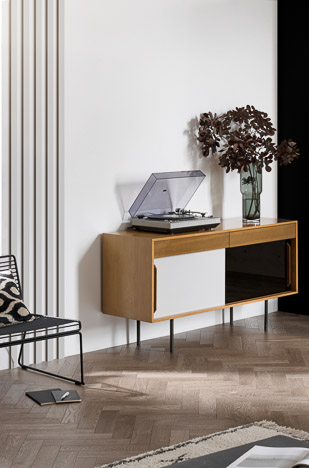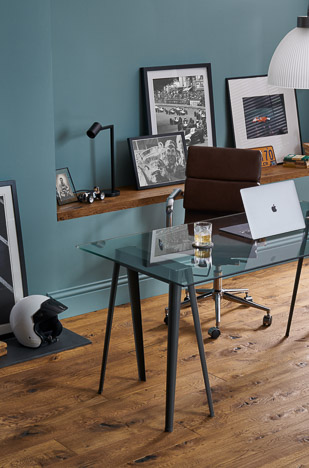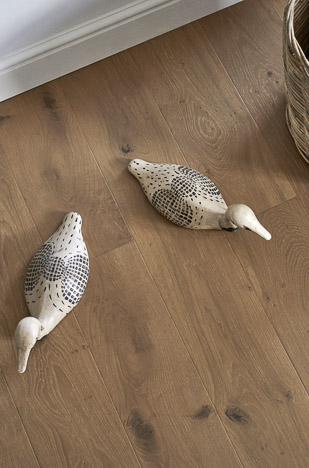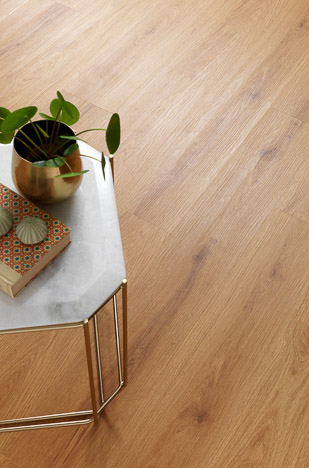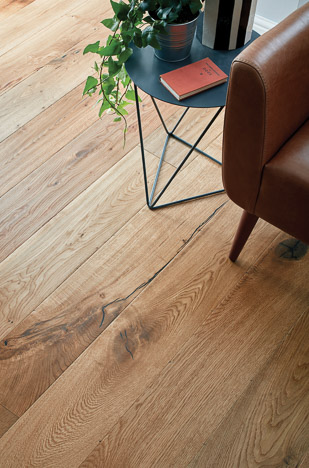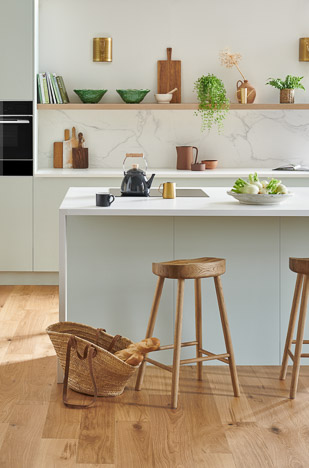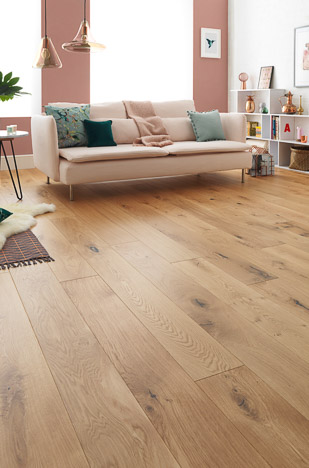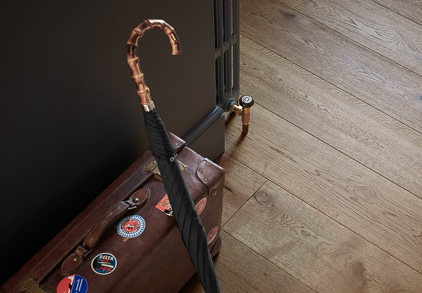
Chepstow Antique Oak
A strong and stylish wood floor with distinct dark grain patterns and rich warming tones - a dark stain brings the oak's character to the fore while bevelled edges create beautiful definition across the design. Each board receives five coats of oil for a satin sheen and enhanced durability. Now also available in a luxurious 240mm board (part of our Signature range).




